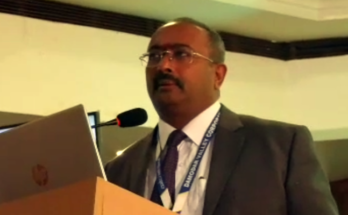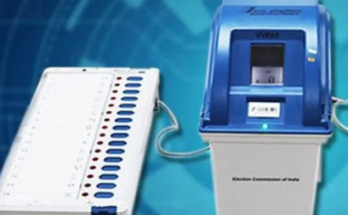
Ashis Sinha I Dhanbad: CSIR-Central Institute of Mining & Fuel Research, Dhanbad extended valuable contributions to the development of urban infrastructural projects by contributing technical support to the design of controlled blasting for rock excavation of Bangalore Metro-Phase-I & II and Mumbai Metro Rail Project.
CSIR-CIMFR is the blasting consultant for all the packages of Reach Two which involve underground stations. The opencut rock excavation for station boxes started in the year 2019 and it is expected to be ready by 2024, informed Dr. More Ramulu Senior Principal Scientist of CIMFR.
CIMFR also extended scientific consultancy services on controlled blasting for rock excavation of underground station box at North-South corridor at Bangalore Metro Rail Project, Phase 1, which was completed in June, 2017. The Phase-2 of Bangalore Metro Rail Project involves the construction of two new lines on standard gauge tracks and the extension of both corridors built-in Phase-I in all four directions, he said.
The stations at Bangalore Metro Phase-I include City Market, Chikpet and Majestic stations and Bangalore Metro Phase-II include Cantonment station, Vellora station and 6 stations in Mumbai include MIDC, Marol Naka, SEEPZ, Cuffe Parade, Hutatma Chowk and Church Gate) and 2 TBM Launching sites (Pali Ground Shaft and Seepz ramp) belong to package-1 and 7 of UGC Line-3, informed Ramulu.
All the proposed stations are situated at densely populated places in the heart of the Mumbai city and hence rock excavation by safe blasting for station box cuttings is an essential activity. The proposed blasting zones are surrounded by very sensitive and critical structures like temples, high raise structures old buildings etc. at a minimum distance range of 10-30m, making the blast design as the most challenging task, he said.
The rock excavation required at Bangalore Metro was 1.5 lakh cubic meters and at Mumbai Metro was 2.5 lakh cubic meters for both Package-1 and 7. The Mumbai Metro Underground Corridor project is a 33.5 km-long sub-surface transport system, connecting Colaba in South Mumbai to SEEPZ (Colaba-Bandra-SEEPZ) in suburban Andheri, which is going to be ‘Game Changer’ for heavily packed Mumbai traffic, said Ramulu.
“As the underground corridor is constructed at about 100 feet below the ground, it requires excavation of soil as well as the rock at all the 26 of 27 stations below the grade level. The rock is hard basaltic formation at an average depth of 3-4m at all the stations, which requires blasting for fast and bulk excavations. The opencut rock excavation for station boxes started in the year 2017 and it is still in progress,” added Ramulu.
The conventional rock blasting has got the disadvantageous side effects of flyrock ejection, ground vibrations, air blasts and dust generation, which obviously creates annoyance to the local habitats. Meeting the production targets at the same time keeping the side effects under threshold limits has become a challenging task of the project, said Ramulu.
CIMFR overcome all the local resistance by adopting habitat friendly blasting techniques which ensured total control of all the environmental problems due to blasting, said Ramulu adding “And thus, CSIR-CIMFR is taking part in nation-building by its stellar technical contributions to Civil and infrastructural projects.”
These projects of national repute are being carried by the Scientific team compromising of Dr. P. K. Singh, Director CIMFR, Dr. More Ramulu, Senior Principal Scientist and Project Leader, Dr. Partho B. Choudhury, Senior Principal Scientist, Abdur Rahman and Banti Kumar Dhar Technical Assistants.




